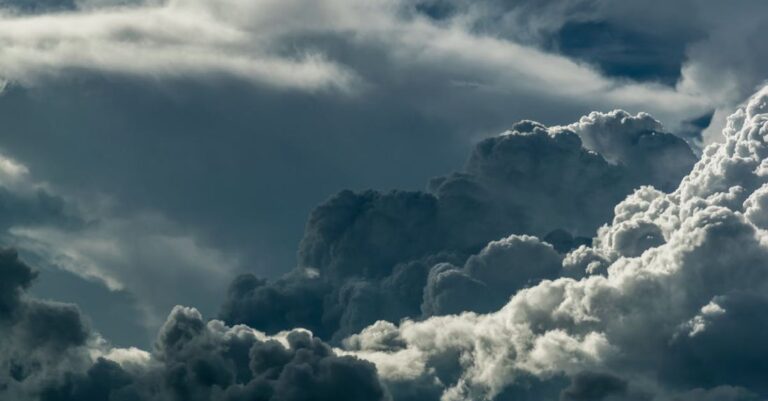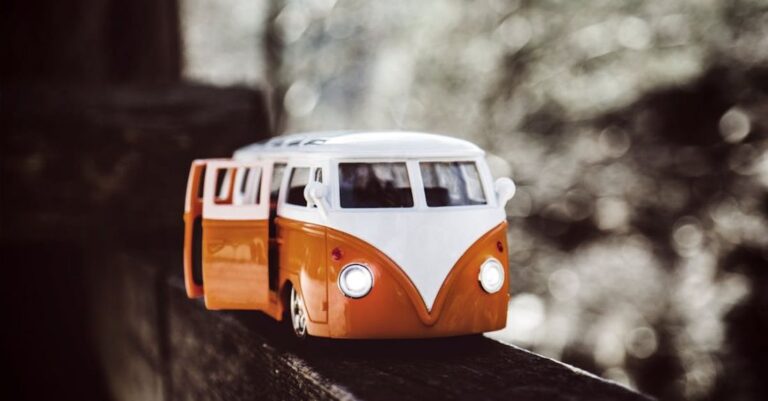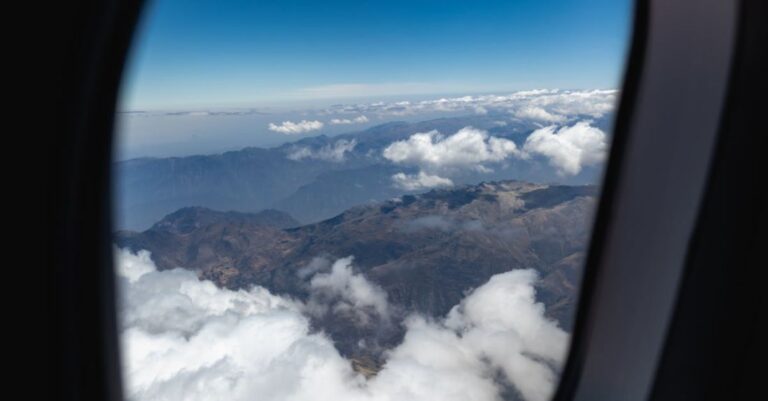
Picture this: a serene evening in the great outdoors, surrounded by friends and family, the crackling of a campfire providing warmth and light. Camping is a beloved pastime for many, but it’s essential to remember that with the cozy glow of a campfire comes responsibility. Campfire safety is paramount to ensure a fun and safe camping experience for everyone involved. By following some simple best practices, you can enjoy the magic of a campfire while keeping yourself and the environment safe.
Choosing the Right Location
Selecting the appropriate location for your campfire is the first step in ensuring safety. Opt for designated fire pits or rings whenever possible, as these are designed to contain the fire effectively. If no designated area is available, choose a spot that is at least 15 feet away from tents, trees, shrubs, and other flammable materials. Clear the area of any debris, such as dry leaves or twigs, that could easily catch fire.
Preparing the Fire Pit
Once you have chosen a suitable location, it’s time to prepare the fire pit. Use rocks or a metal ring to contain the fire and prevent it from spreading. Make sure the pit is large enough to accommodate the size of the fire you intend to build. Keep a bucket of water, a shovel, and a fire extinguisher nearby in case of emergencies. These tools can help you quickly extinguish the fire if it starts to get out of control.
Building the Fire Safely
When it comes to building a campfire, remember the acronym “DROWN” to ensure you are doing so safely. DROWN stands for:
– Dig: Clear a pit and remove any grass or other vegetation.
– Ring: Circle the pit with rocks or a metal ring.
– Only: Only use wood from the ground — do not break branches off trees.
– Water: Keep water nearby to douse the fire completely.
– Negligence: Never leave a fire unattended.
Using the Right Firewood
Choosing the right firewood is crucial for a safe and enjoyable campfire experience. Opt for seasoned hardwood, such as oak or maple, which burns cleaner and produces less smoke. Avoid burning treated wood, as it can release toxic chemicals when burned. Additionally, never burn trash or debris in your campfire, as this can create harmful fumes and leave behind dangerous residues.
Monitoring the Fire
Once the fire is lit, it’s essential to monitor it closely at all times. Never leave a campfire unattended, even for a short period. Keep a close eye on the flames and embers, and never leave children or pets unsupervised near the fire. Avoid using accelerants, such as gasoline, to start or stoke the fire, as this can lead to uncontrollable flames.
Extinguishing the Fire Properly
As the night winds down and it’s time to turn in, make sure to extinguish the campfire properly. Use a shovel to spread out the embers and ash within the fire pit. Slowly pour water over the fire, stirring the embers to ensure they are completely extinguished. Continue this process until the ashes are cool to the touch. Never bury a campfire with dirt, as this can insulate the embers and allow them to smolder undetected.
Respecting Nature
Lastly, always remember to respect nature when enjoying a campfire. Leave no trace by cleaning up your campfire area before you depart. Dispose of any leftover wood and ashes in designated receptacles or take them with you if no disposal options are available. By leaving the area as you found it, you help preserve the beauty of the outdoors for future generations to enjoy.
Incorporating these best practices for campfire safety into your camping routine can help ensure a fun and memorable experience for all. By being mindful of your surroundings, choosing the right location, using proper firewood, and closely monitoring and extinguishing the fire, you can enjoy the warmth and camaraderie of a campfire while keeping yourself and the environment safe. Remember, a little preparation and caution go a long way in making your camping trip a success.





